
AeroGenie — Votre copilote intelligent.
Tendances
Categories
Turkish Technic Secures Landing Gear Overhaul Contract with Garuda Indonesia
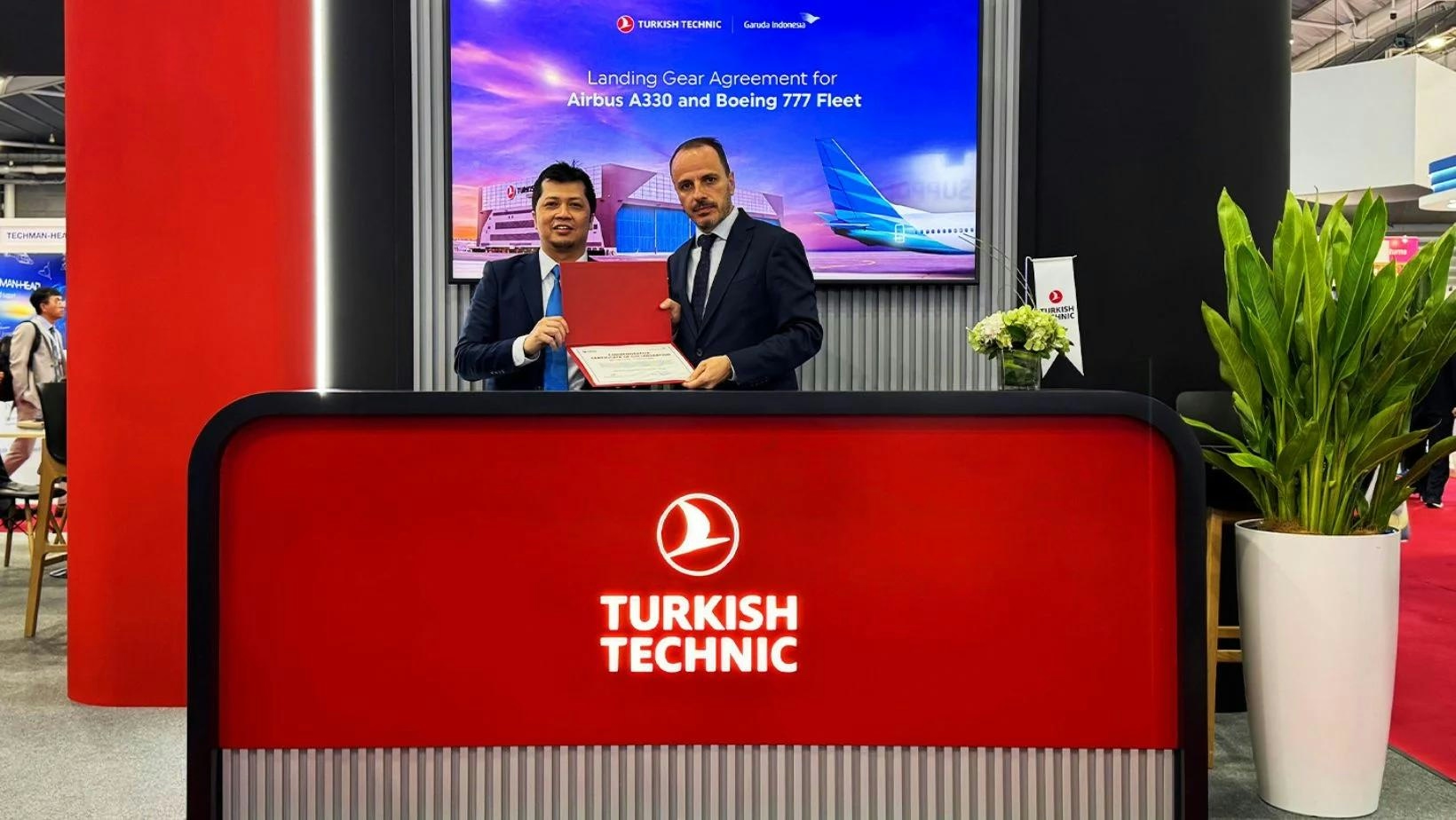
Turkish Technic Secures Landing Gear Overhaul Contract with Garuda Indonesia
Strengthening a Strategic Partnership
Turkish Technic has formalized two multi-year agreements with Garuda Indonesia to provide landing gear overhaul services for the airline’s Airbus A330 and Boeing 777 fleets. These contracts build upon the companies’ longstanding relationship, which previously encompassed component pool service agreements. The new arrangements are designed to enhance the efficiency and reliability of Garuda Indonesia’s widebody operations, reflecting a deepening collaboration between the two firms.
Fikret Koç, senior vice president of sales at Turkish Technic, emphasized the significance of the expanded partnership, stating, “We are pleased to strengthen our collaboration with Garuda Indonesia. Our close cooperation in recent years has paved the way for new agreements, which not only expand the scope of our partnership but also create greater value for both companies moving forward. We look forward to continuing our successful partnership and remaining a trusted partner to Garuda Indonesia in the years ahead.” Mukhtaris Aris, director of maintenance at Garuda Indonesia, echoed this sentiment, highlighting the alignment of the agreement with the airline’s commitment to safety and operational excellence. “Garuda Indonesia is delighted to expand the longstanding partnership with Turkish Technic. Through the landing gear overhaul services offered for our wide-body fleet, this collaboration aligns with the flag carrier’s ongoing efforts to uphold the highest level of safety standards while also increasing operational efficiency to maintain customer satisfaction,” he said.
Context Within the Evolving MRO Landscape
The agreements come amid significant shifts in the aviation maintenance, repair, and overhaul (MRO) sector, particularly within the Asia-Pacific region, which Turkish Technic identifies as a key growth market. Demand for reliable, high-quality MRO services is rising, yet this growth is accompanied by intensifying competition. New landing gear-focused repair facilities, joint ventures, and acquisitions are entering the market, placing increased pressure on providers to differentiate their offerings and secure major contracts.
Industry experts note that such contracts may attract heightened scrutiny from aviation authorities due to the critical nature of landing gear maintenance and the expanding number of specialized providers. Regulatory compliance and supply chain management are expected to be crucial factors influencing future partnerships and market strategies.
The finalization of these contracts took place during the Aviation Week MRO Asia-Pacific 2025 event in Singapore, underscoring both Turkish Technic’s and Garuda Indonesia’s commitment to maintaining high operational standards in a rapidly evolving and competitive environment.

Could trams or air taxis help solve Oxford's traffic woes?
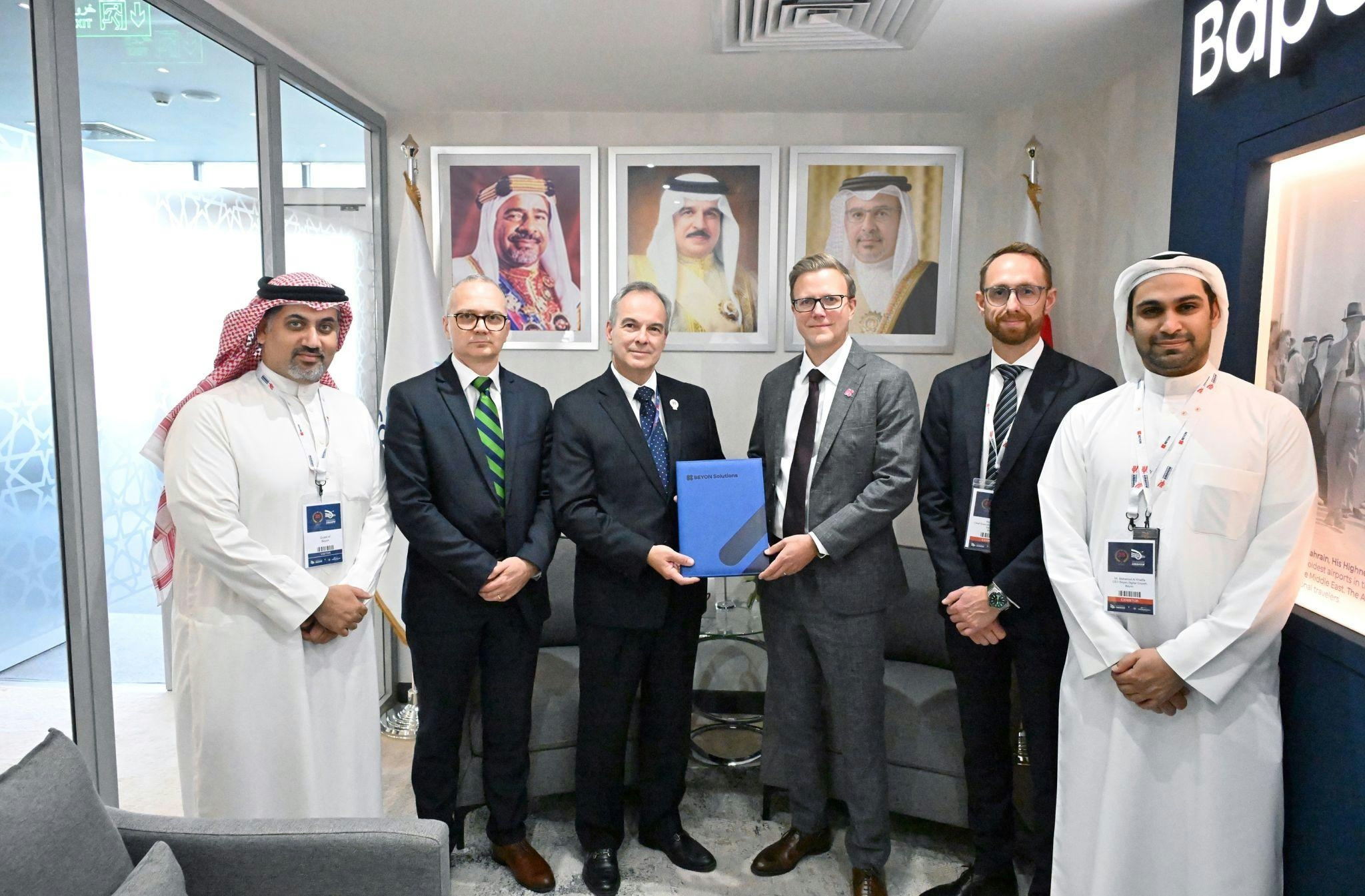
Beyon Solutions, Gulf Air Group, and Oracle Partner to Advance Cloud Innovation in Aviation
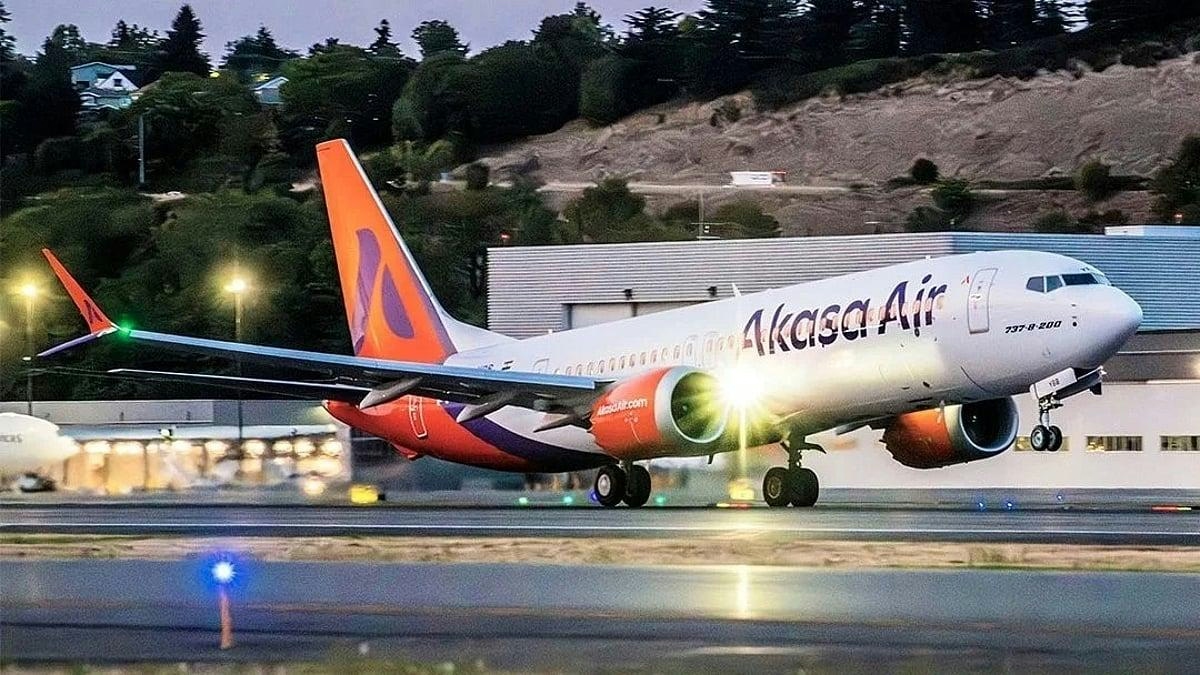
Akasa Air Plans Expansion to Kenya, Egypt, and East Africa, Confident in Boeing Delivery Timeline
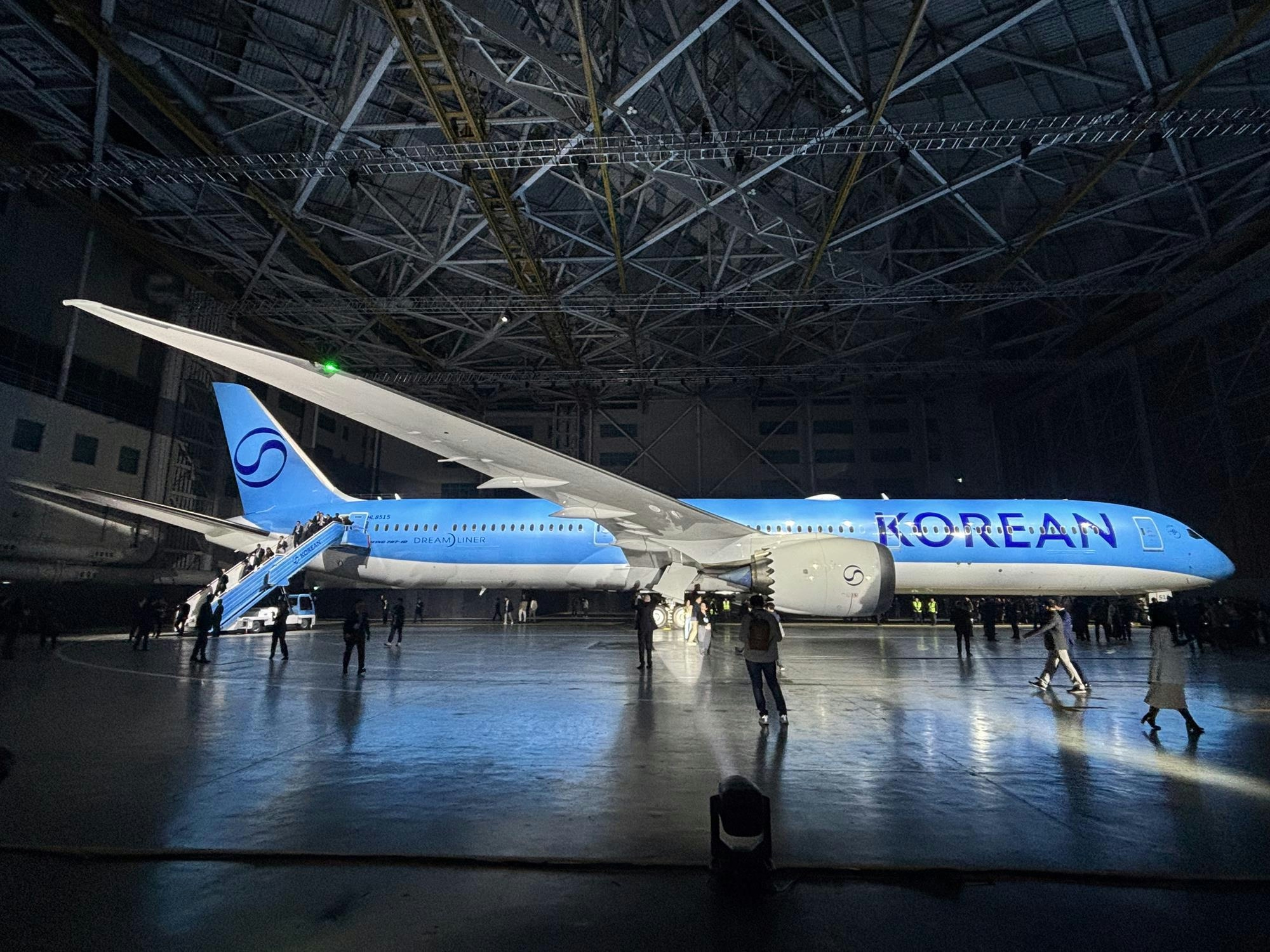
Korean Air Highlights Innovation and Sustainability at Singapore Airshow
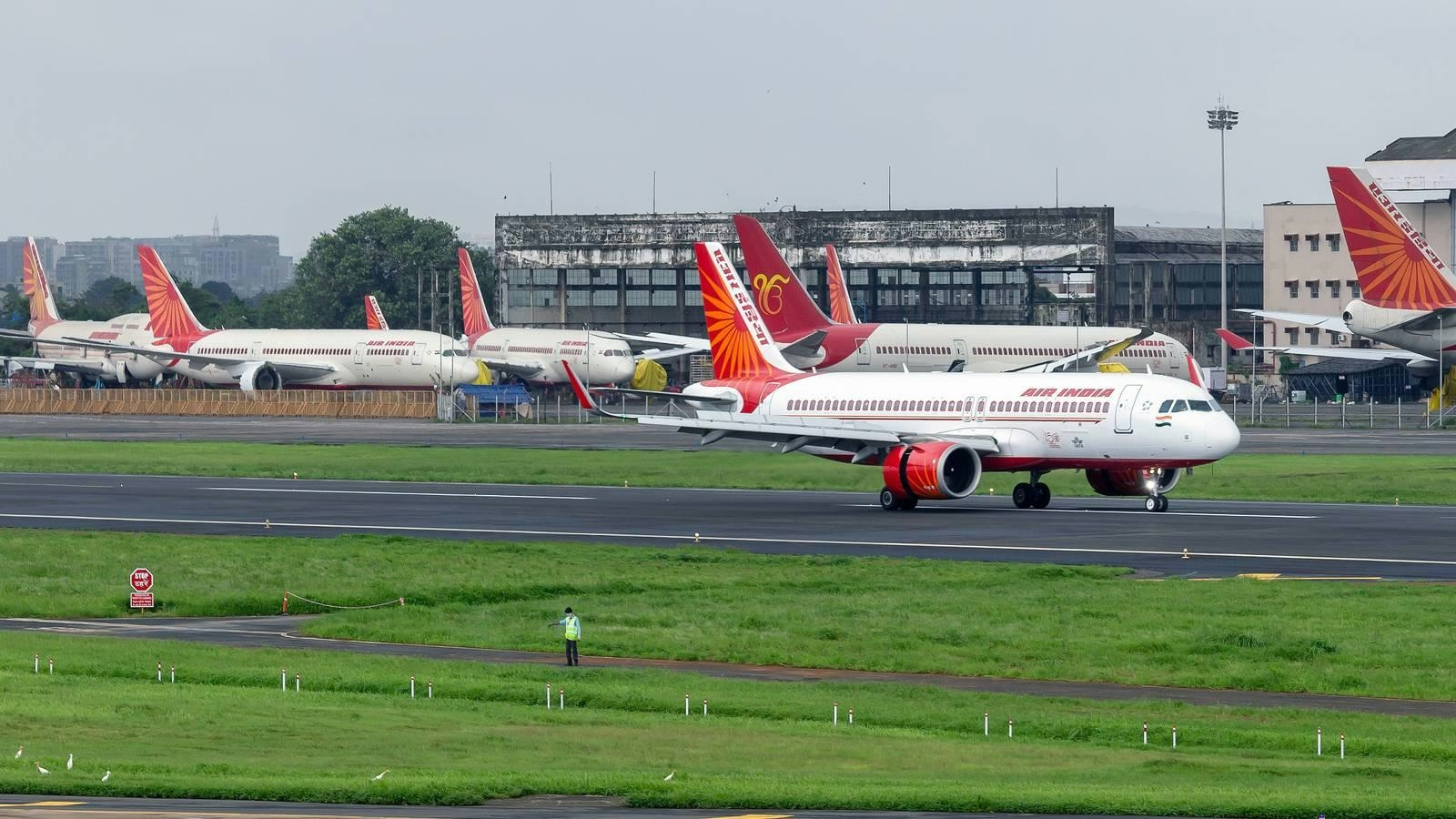
DGCA Investigates After Air India A320 Pilots Grounded for License Issues
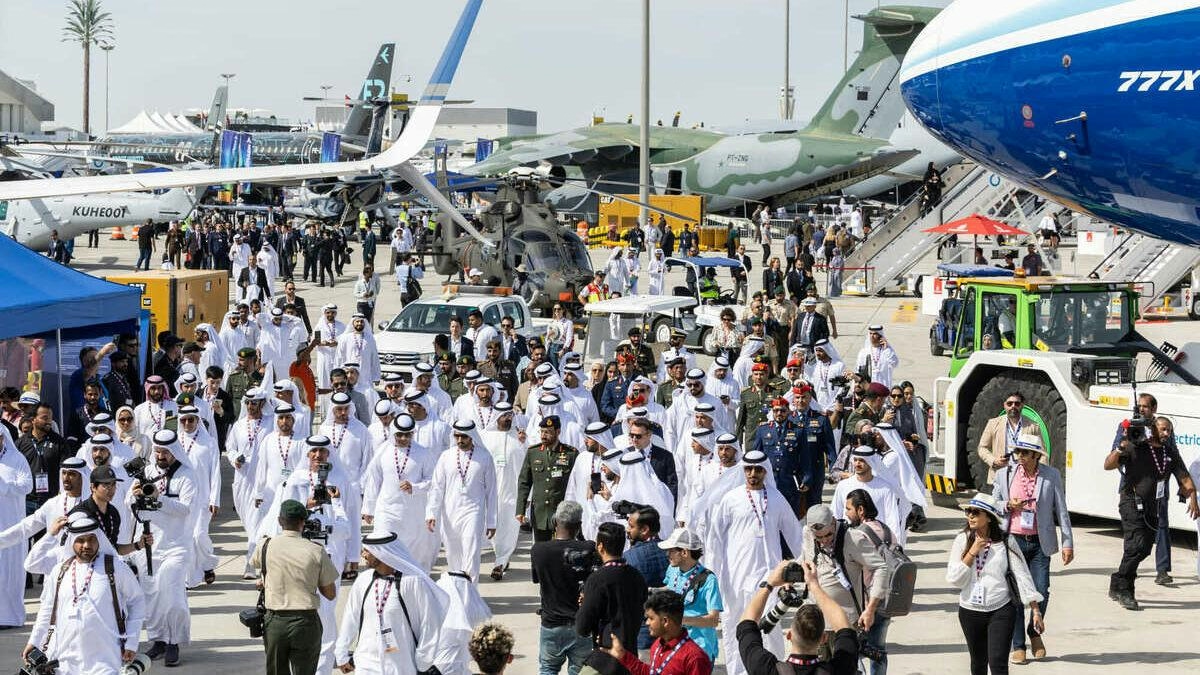
What to Expect at the 2025 Dubai Airshow

Europe Advances Aviation Sustainability Through SAF Mandates and Innovation

Lufthansa's Fleet Plans for 2025

Fifteenth National Games Model Aviation Finals in Longhua Showcase Drone Sports and Innovation
